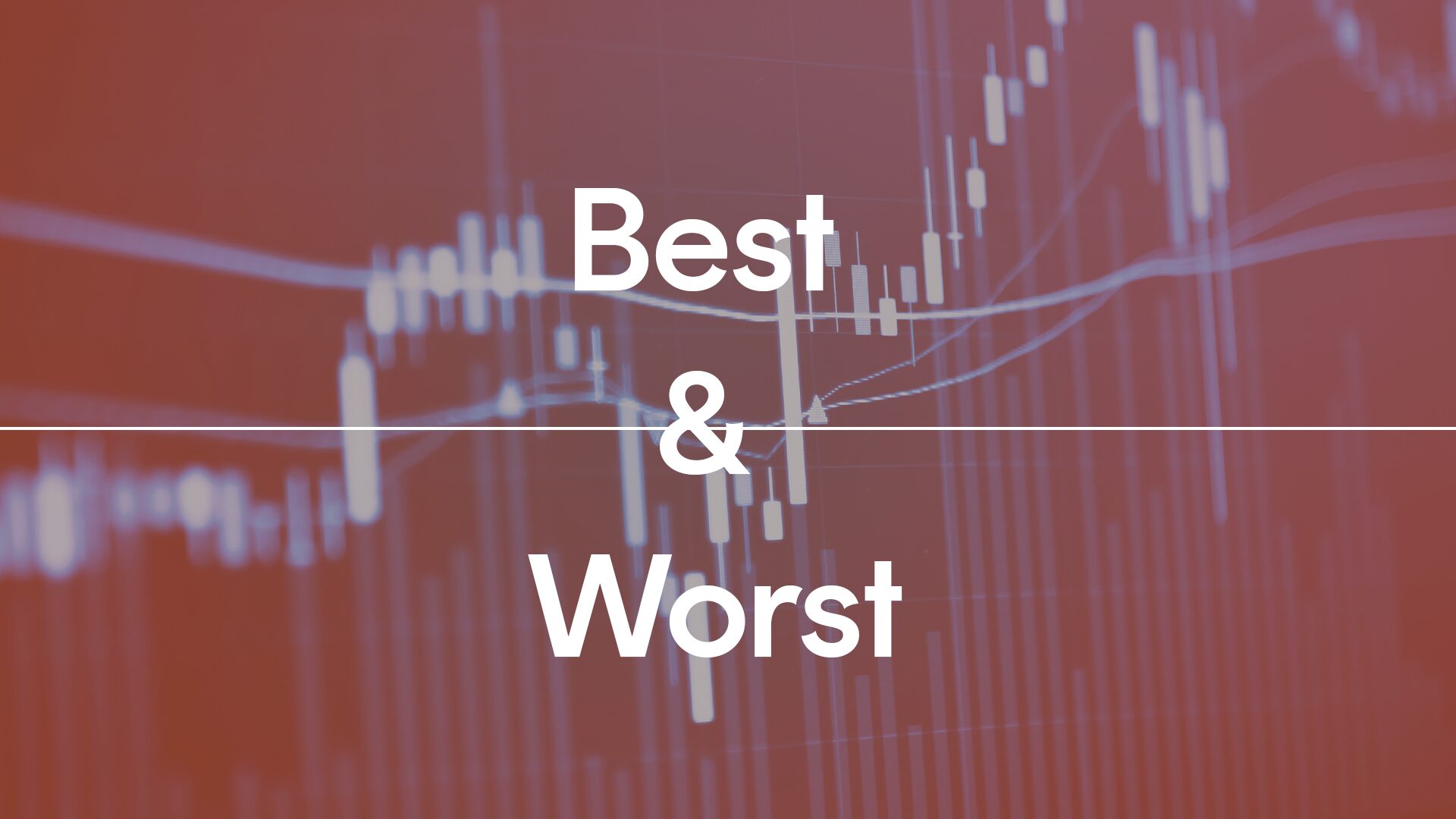Is your portfolio really diversified?
3 minutes reading time
- Commodities & gold
The Australian gold sector has been abuzz this year about the takeover bid from US-listed gold mining giant Newmont for Australia’s largest gold miner, Newcrest Mining. Like all good takeover stories, there were a few twists and turns, but two weeks ago shareholders voted in favour of the bid.
As a result of the merger, Newcrest will delist from the ASX on October 26, with each Newcrest share exchanged for 0.4 Newmont shares, issued as either stock quoted on the New York Stock Exchange or CHESS Depositary Interests (CDIs) on the ASX.
It’s unclear whether the CDIs will be supported by Australian investors, but the transaction will no doubt reshape Australia’s gold mining sector and looks set to continue the trend of locally listed gold miners disappearing from the ASX board. Indeed, Australian control of our local gold mining industry has fallen from ~80% in the early 2000s to below 50% after the Newcrest takeover. This could perhaps see a shift in how Australian investors seek exposure to gold mining companies.
The deal makes sense from Newmont’s perspective for a number of reasons.
Newcrest’s tier one gold assets can add growth to Newmont
Some of Newmont’s existing gold mines are reaching the end of their life. Assets in stable jurisdictions, like Australia, are one way to add growth options to their portfolio. Australia has a friendly regulatory regime and a long history of gold mining. Sovereign risk in other locations with gold deposits, such as Africa, is far higher.
Many Newcrest gold mines also produce copper, which is expected to see increased demand given the role it will play in the ongoing global transition to a net zero economy. Copper is often a by-product of gold mining and adds diversification benefits to gold miners who are at the whims of the prevailing gold price. As a result, a number of large gold miners are reported to be looking for ways to add copper to their business.
Gold mining is becoming more capital intensive
Gold deposits are becoming scarcer and harder to mine, and as a result, new and existing gold miners will need more capital to extract the precious metal. This trend will give overseas miners with their deeper pockets a potential advantage in any mergers and acquisitions (M&A) negotiations, as many smaller Australian gold miners don’t have the same profile and ability to raise capital in New York and Toronto.
With the USD gold price retesting all-time highs this year, a decade of underinvestment in new supply, and gold’s prevalence as a byproduct of critical minerals (typically copper and occasionally nickel), gold M&A activity is heating up globally.
It’s our view that many Australian gold miners will be in the acquisition crosshairs of their often-larger overseas listed rivals.
The future of ASX-listed gold stocks and investment implications
Newcrest’s subsumption by Newmont leaves a shorter list of smaller gold miners available on the ASX (notwithstanding the new Newmont CDI). And in future that list may become shorter still, potentially with a skew towards more speculative names, or those with assets less attractive to the bigger overseas players.
Such a scenario is likely to mean heightened stock specific risk within the local gold mining sector. As a result, investors might wish to consider an ETF like the Betashares MNRS Global Gold Miners Currency Hedged ETF to spread risk beyond the Australian gold mining stocks. MNRS holds a diversified portfolio of the world’s largest listed gold mining companies (ex-Australia), hedged into Australian dollars. MNRS provides an option for investors wishing to maintain exposure to gold miners who own world class assets, including Australian gold mines.



